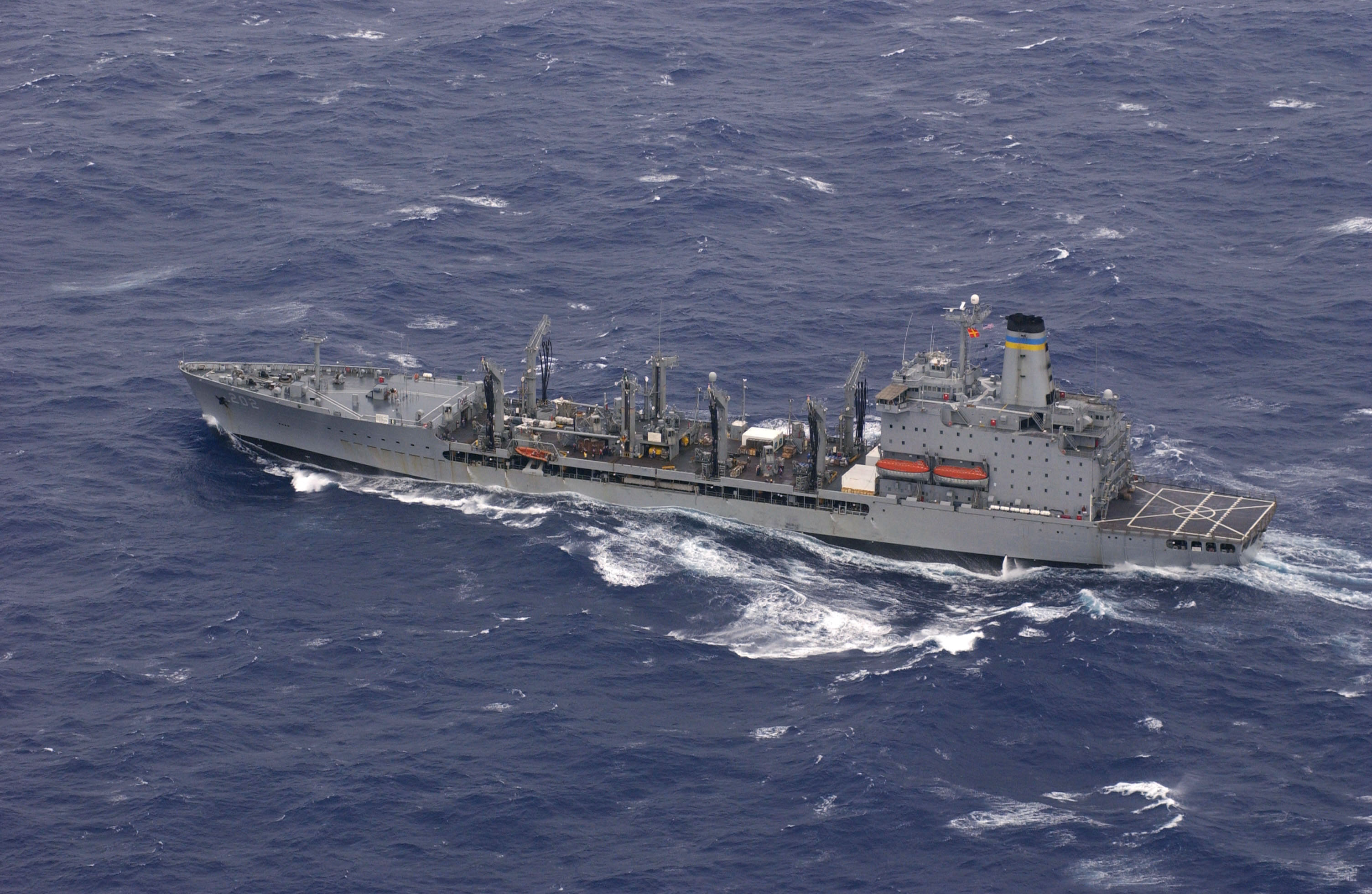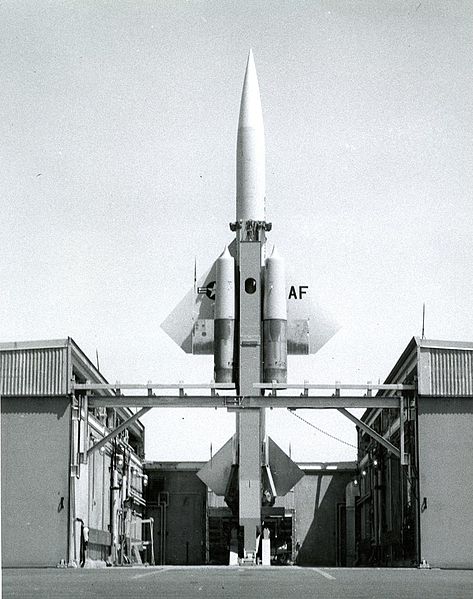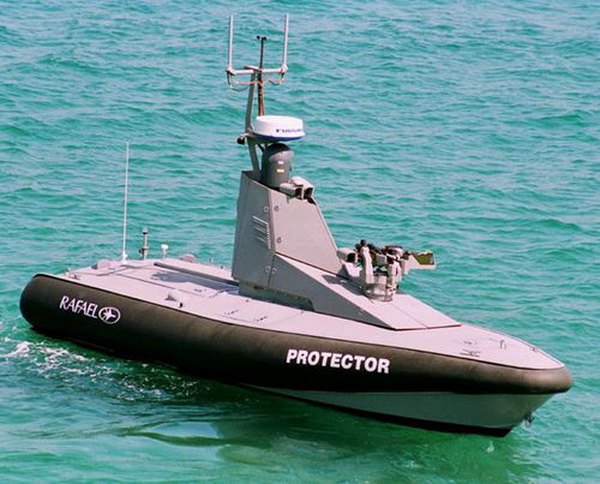
By the end of 2014, the Royal Canadian Navy (RCN) found itself in the middle of a crisis brought about in large part due to delays in implementing the National Shipbuilding Procurement Strategy (NSPS). First, in February 2014, HMCS Protecteur, one of the RCN’s two supply ships, sustained serious damage when a fire broke out in its engine room. It was later assessed that this damage would be too costly to repair and the vessel was retired ahead of the originally scheduled decommissioning in 2017. Also later in the year, an inspection found that the RCN’s other Protecteur-class supply ship, HMCS Preserver, was suffering from advanced corrosion problems and so the vessel was also retired early.
Since the two Queenston-class supply ships, based on the design of ThyssenKrupp Marine Systems’ Berlin-class auxiliary replenishment ships and intended as the Protecteur-class’ replacement under the NSPS, are not expected to enter service until at least 2020, the capacity for the RCN to operate away from Canada’s shores has been severely hampered. The principal role of these ships is to provide underway replenishment to Canadian or allied combat vessels, transferring fuel, munitions, and stores essential to a mission. The early retirement of the Protecteur-class would have left Canada’s Halifax-class frigates and Iroquois-class destroyers dependent on assistance from other nations’ supply ships and still could prevent Canada from contributing to any multilateral operations that might emerge in the next four to five years.

But the RCN will have some relief for at least a few months in 2016. Shortly before the launch of the 2015 federal election, Canada’s Department of National Defence concluded contracts with the Spanish and Chilean governments to rent a supply ship from each. SPS Cantabria, a supply ship that entered service with the Spanish Navy in 2010, has been contracted to provide support to RCN’s Atlantic Fleet for 2016. It is worth noting, however, that Canada is not the first country to draw upon the services of SPS Cantabria: the ship was previously loaned in 2013 to the Royal Australian Navy, though primarily to offer joint training opportunities between Spanish and Australian maritime forces.
Meanwhile, the Chilean Navy has agreed to provide support to RCN’s Pacific Fleet for approximately 40 days in 2016, offering access to the supply ship Almirante Montt in exchange for $6 million from the Canadian government. This vessel, which will be based out of Esquimalt, British Columbia for the duration of the loan, is actually a Henry J. Kaiser-class oiler that saw service with the United States Navy from 1987 to 1996 and was subsequently sold to Chile in 2009.
Although these contracts will allow the RCN to continue to operate with some degree of autonomy in 2016, it is unclear what can be done for the remaining years prior to delivery of the Queenston-class support vessels if Spain and Chile are reluctant to extend or renew the loans. One desperate solution, which was introduced by Jason Kenney in his role as Minister of National Defence in June 2015, would be to convert a civilian vessel into a supply ship similar in capabilities to the loaned Spanish and Chilean ships. Reportedly, both Davie Shipbuilding in Lauzon, Québec and Irving Shipbuilding in Halifax, Nova Scotia expressed a keen interest in carrying out just such a project. But the process of converting a civilian vessel for military use will take several months of construction. If this is the route to be taken, a shipbuilding contract must be concluded in haste after the close of the federal election.
The RCN motto has long been, “Ready, aye, ready”. Until the Queenston-class supply ships are in service, however, that motto might as well be, “Technical difficulties, please stand by.”




